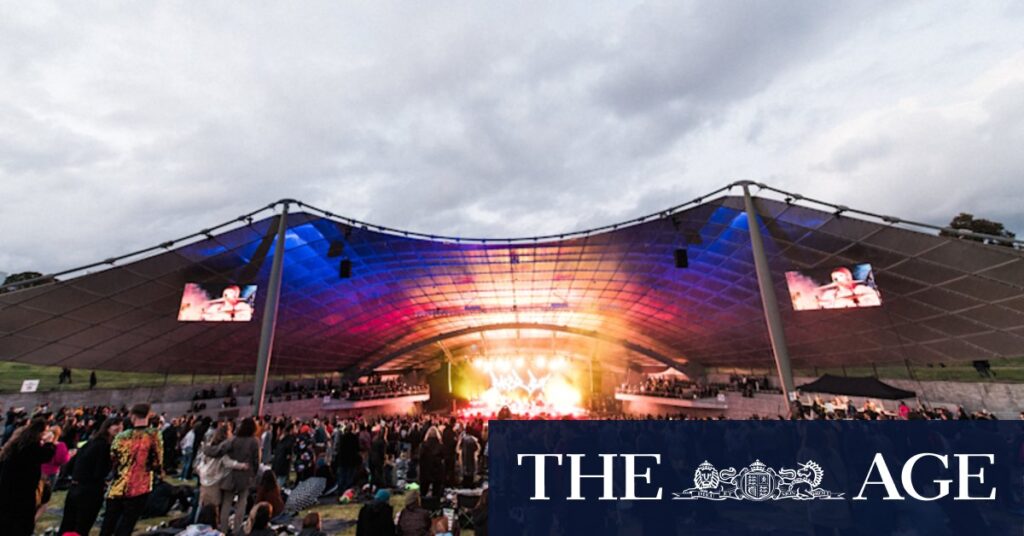
Noise restrictions in Victoria may soon be relaxed to facilitate more live music events, according to a proposal announced by the state government. Environment Minister Steve Dimopoulos revealed on Friday that two reviews would be conducted to modernize existing noise regulations, potentially transforming the landscape for event organizers in the region.
The announcement comes as the Environmental Protection Authority (EPA) prepares to examine noise control rules for outdoor events, a move that could significantly benefit the live music industry. Additionally, the government plans to reassess regulations for live music precincts—designated areas that prioritize live music with specific noise restrictions—to encourage the development of more indoor music venues in suburban Melbourne.
Proposed Changes and Potential Impact
In a discussion paper, the EPA acknowledged that while changes to outdoor venue regulations might lead to an increase in noise complaints, the current system has its flaws. For instance, permits are required for events such as Anzac Day dawn services and fun runs, which some argue is overly restrictive. Unlike other states, Victoria does not exempt outdoor New Year’s Eve events from standard nighttime noise restrictions.
Under the proposed changes, outdoor gigs would still need to adhere to noise limits, but organizers would not require EPA approval unless the events were major music festivals or scheduled at irregular times. The report also clarified that beer gardens are considered part of indoor venues, which are subject to different regulations.
Review of Live Music Precincts
A separate review focusing on live music precincts, including indoor venues, was also announced. Speaking at the Corner Hotel in Richmond, Dimopoulos emphasized that the review aims to simplify the process of hosting music gigs. He encouraged local councils to define more live music precincts, providing residents the option to live near vibrant entertainment zones.
Joel Morrison, entertainment manager at The Old Bar, expressed cautious optimism about the proposed changes. He noted,
“While any assistance provided to the live music industry is important, the review into live music precincts lacks detail. It mostly seems to be for outdoor events. I assume it might make it easier to start a new venue, but I don’t think it has much impact on existing venues.”
Challenges and Considerations
Morrison also pointed out that some new provisions might merely replicate protections already covered by existing planning regulations. One suggestion from Dimopoulos was to simplify acoustic report requirements, allowing a single noise assessment to cover an entire area.
“Businesses could all contribute to one report, rather than the EPA requiring separate reports from each individual business, as an example,”
Dimopoulos explained.
The move represents a significant shift in how noise regulations are approached in Victoria, with potential implications for the state’s cultural and economic landscape. By easing restrictions, the government aims to foster a more vibrant live music scene, which could attract both local and international talent.
Looking Ahead
As the reviews progress, stakeholders in the live music industry will be keenly observing the outcomes. The changes could pave the way for a more dynamic and accessible music culture in Victoria, aligning with similar initiatives in other states. However, balancing the interests of residents and event organizers will be crucial to ensuring the success of these reforms.
Meanwhile, the state government is expected to engage with community members, industry experts, and local councils to gather feedback and refine the proposals. The outcome of these reviews will likely shape the future of live music events in Victoria, potentially setting a precedent for other regions to follow.







